
About This Quiz
You might have learned cursive when you are young, but do you still have the chops to recognize all of the letters? During this quiz, you'll get the chance to put your knowledge of cursive to the test. You might want to keep a pen and paper nearby so you can work it out the old-fashioned way. We think you'll impress yourself, though!
The Duchess of Sussex, Meghan Markle, has some of the best handwriting in the world. Before becoming a royal, she supported herself by working as a freelance calligrapher. To succeed, she had to learn to write every letter in many different ways - including in cursive! Will you know as many of these letters as she would? Or will you need to revisit the alphabet and make your best guess?
When you see each of these fancy cursive letters, picture it in a word before you decide which one you think it is. Don't let the curly and elegant cursive font fool you. A "G" is still a "G" no matter how it's written! When you choose the letter in the photo, you'll be treated to a fact or a few bits of trivia about it. You'll have to recognize them first, though. Can you?

Before becoming known by ancient Greeks as beta, the letter B had a few other names. Back in 1000 B.C., it was given names that meant "house" in Hebrew. Bet, beth and bayt are only a few.
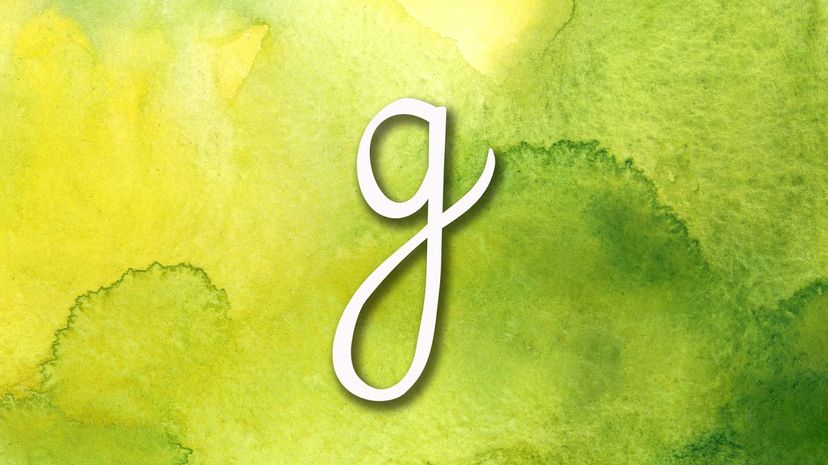
If you look at the top of the Freemason's logo, you'll see the uppercase version of the letter "g" seen here. It sits at the top of a logo with a compass and a square, which are both used in the mathematical form.
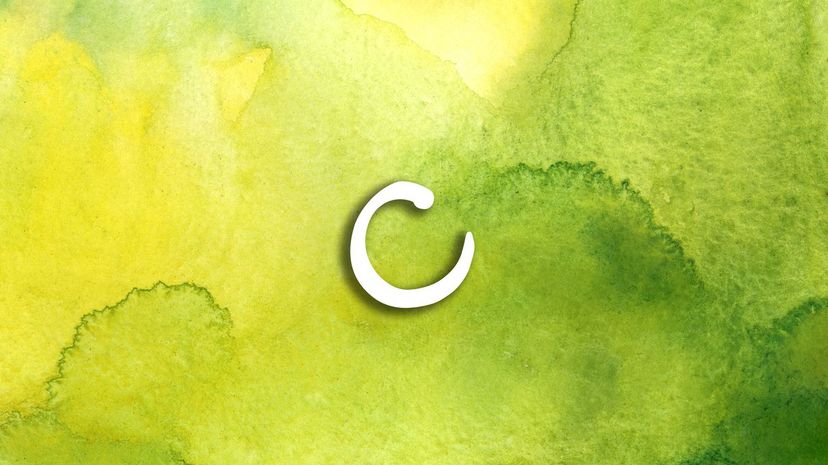
When you see a lowercase "c" followed by a period, it is short for "circa." Circa indicates the time that something was made of comes from, but the letter "c" alone is a symbol long associated with being open and lucky.
Advertisement
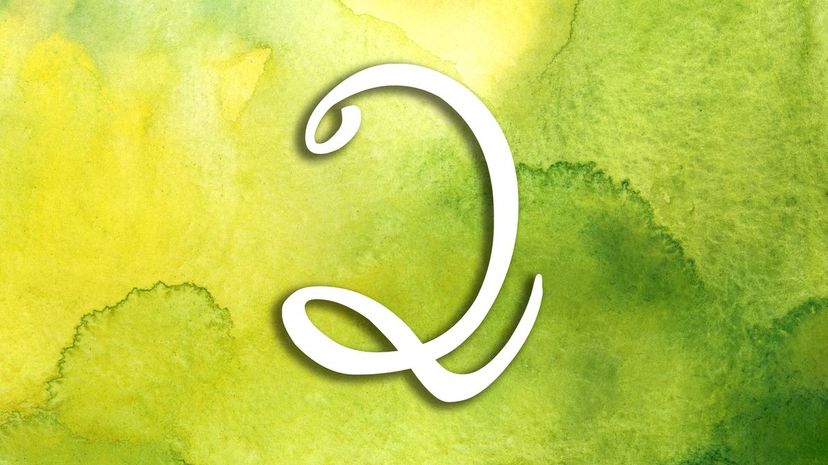
Before the Romans got their hands on the letter Q, it was a word that meant monkey. Taken from the word that was pronounced to sound like "qoph," the "Qu" combination didn't appear until then either.

The letter D is the fourth letter in the Greek, Hebrew and Phoenician alphabets, but it's number five in the Cyrillic version. The military uses it to note the days when operations will take place.

When written in cursive, E's sharp lines are softened and made elegant. No matter how you write it, research has shown that it appears in 11% of all words. It's nearly impossible to write a sentence without it!
Advertisement
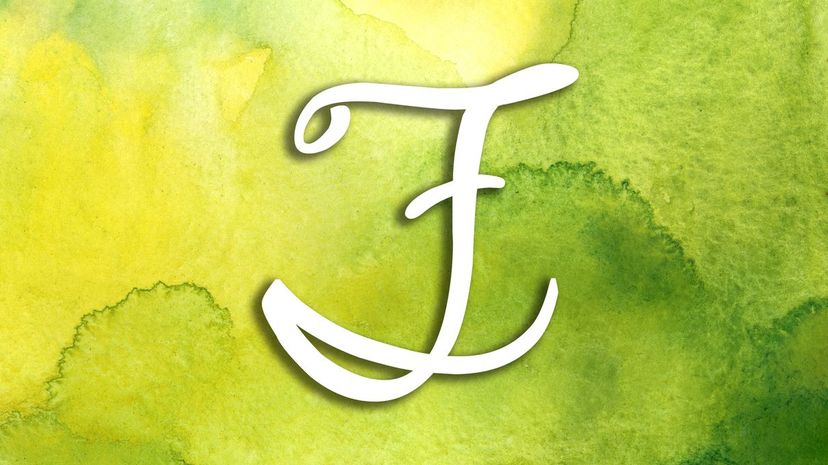
When reading a piece of music, the letter F stands for forte. Forte is the marking that means to play at a louder volume. Sometimes, it's combined with additional letters to tailor the sound level to a specific mood or tone.
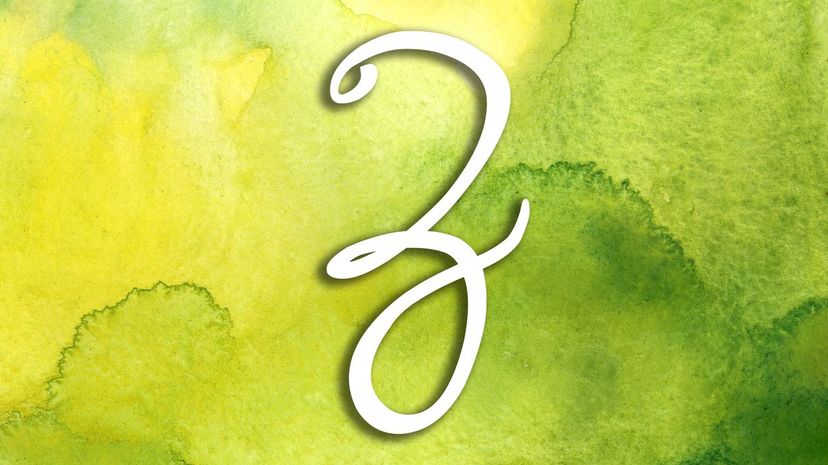
We know the letter Z as the 26th letter of the alphabet, but the Greeks put it at number seven. In the Hebrew language, "Z" is short for "Zayin," which means a "weapon of spirit."

If you wanted to sing the theme song of the musical "Oklahoma," you would have to hold the "o" sound for a long time. The "o" has humble origins as an Egyptian hieroglyph representing the eye.
Advertisement
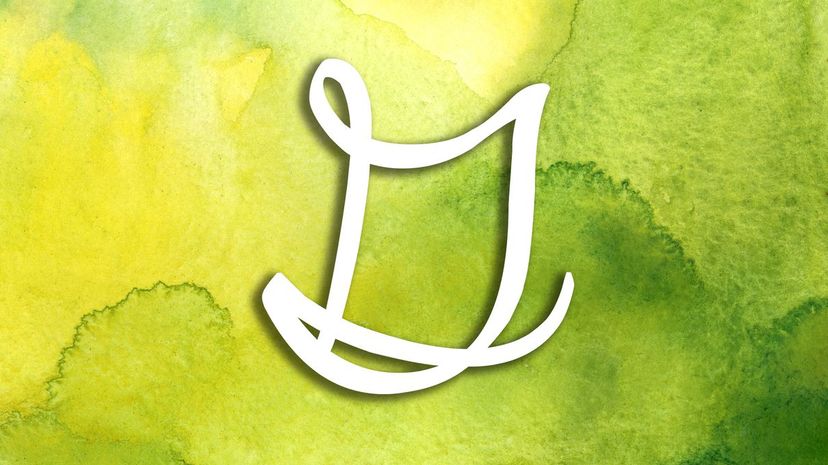
Before the Romans came along and separated G and C, the letter G was taken from the Hebrew for camel, the gimel. Prior to that G and C were the same letter. Once the little kickstand was added, it got its own identity.
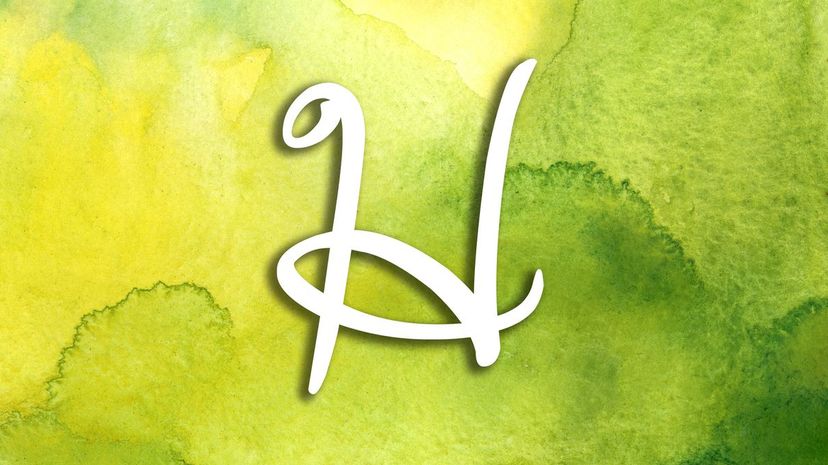
In England, there are two ways to pronounce the letter H. Those who use the "haitch" pronunciation over the "aitch" pronunciation were once thought to be members of a higher class.
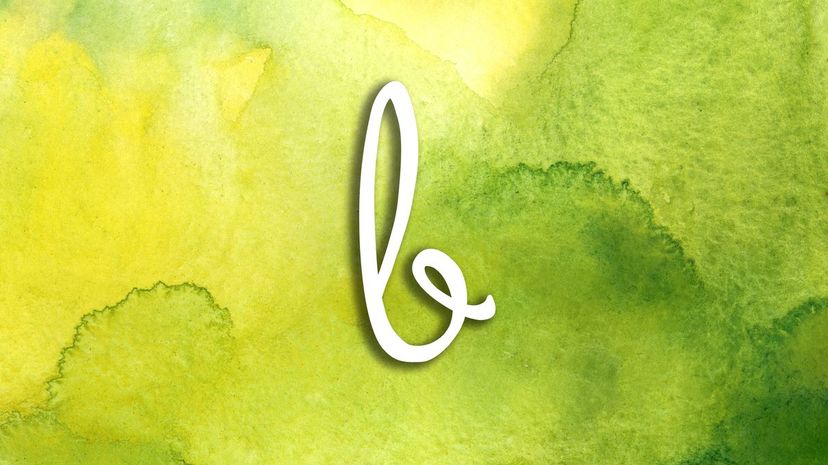
Second in the alphabet, the uppercase letter B has two humps attached to its stick. The lowercase version loses the top hump and leaves the stick bare. Of course, there are several ways to write it in cursive, though.
Advertisement
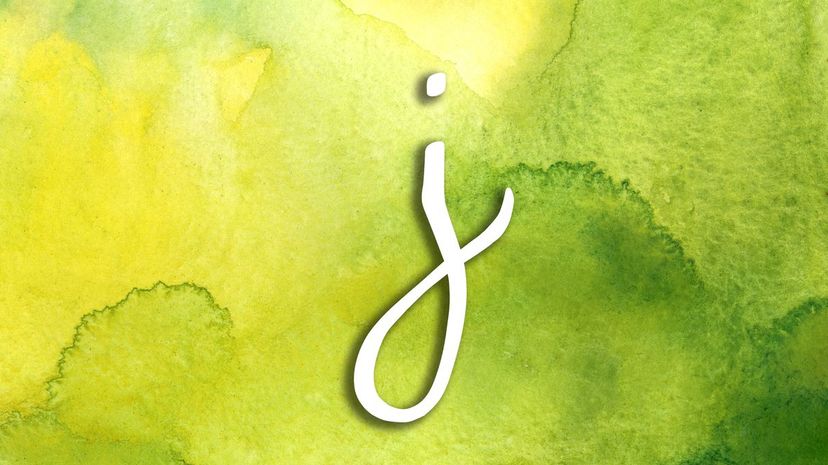
Before simplifying things, the lowercase "j" was used in place of an "i" to close out a sequence of Roman numerals. For instance, xiii used to be written as xiij instead. It was officially adopted into more modern languages around the year 1600.
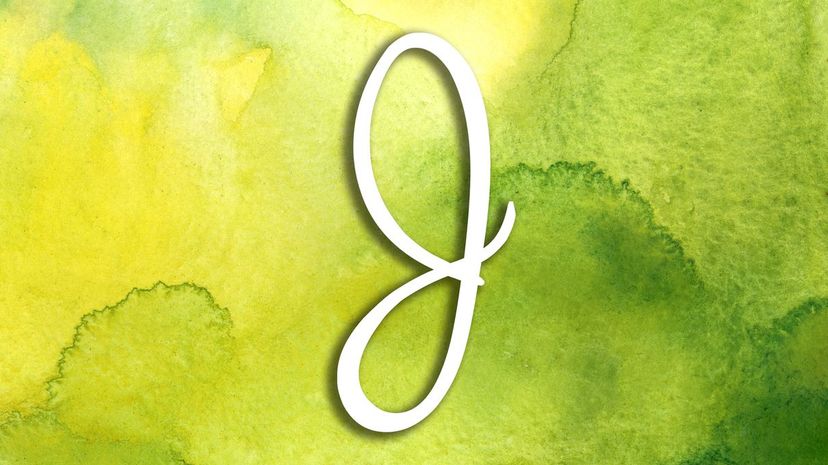
J. Lo wouldn't be J. Lo without the "J!" However, you find "J" anywhere on the periodic table. The letter was once interchanged with the letter I, but it was made into a separate letter in 1542.
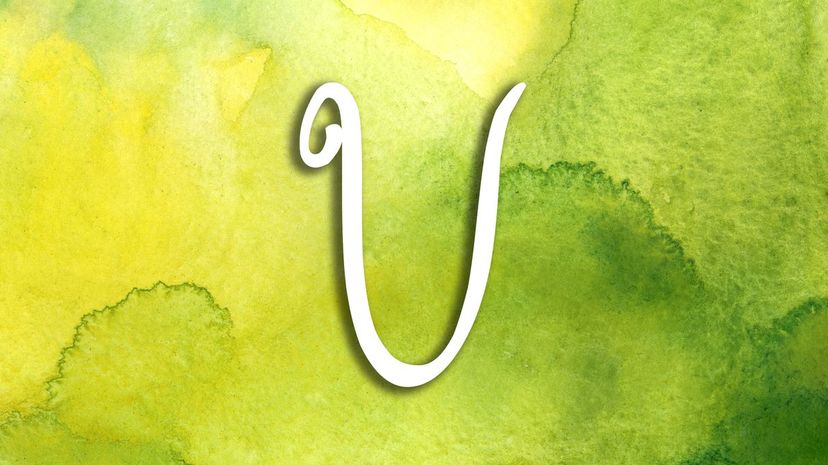
When you're writing things in Roman numerals, you would use the letter V to denote the number five. Before being changed by a printmaker during the 17th century, "V" and "U" were the same letters.
Advertisement

Llamas are lucky enough to have double the "L" power, but that's not necessarily a good thing in alchemy circles. Practicing alchemists use the letter to denote decomposition. We didn't stop to ask what might be decomposing, though.

Try it! It can't be done. The letter M is the 13th letter, and it is said to be the symbol of both masculinity and femininity. Before the Phoenicians changed it, "M" was a letter that stood for the word "lamed" or camel prod.

In the earliest alphabet, the Phoenician alphabet, the letter N didn't look like it does now. It was a symbol for the word "nun," which meant water. Later, the Arabic alphabet brought about its shape and used it as a symbol for fish.
Advertisement

The first appearance of the letter O is found in Egyptian hieroglyphs where it was used at the symbol for an eye. Ever efficient, the Phoenicians removed any complications by making it into the shape we use now.
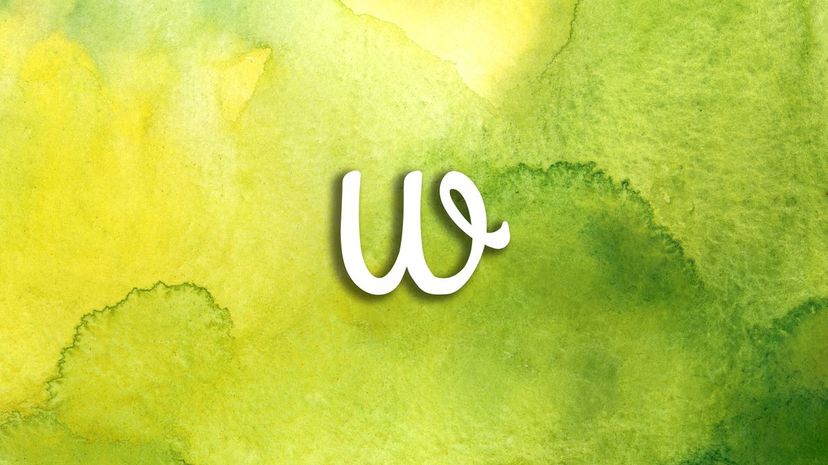
Wiley and wild, the letter w can be written in cursive many ways. Resembling an upside-down "m," the lowercase "w" used to be formed by curving the bottom of the "v" shape to form a double "u."
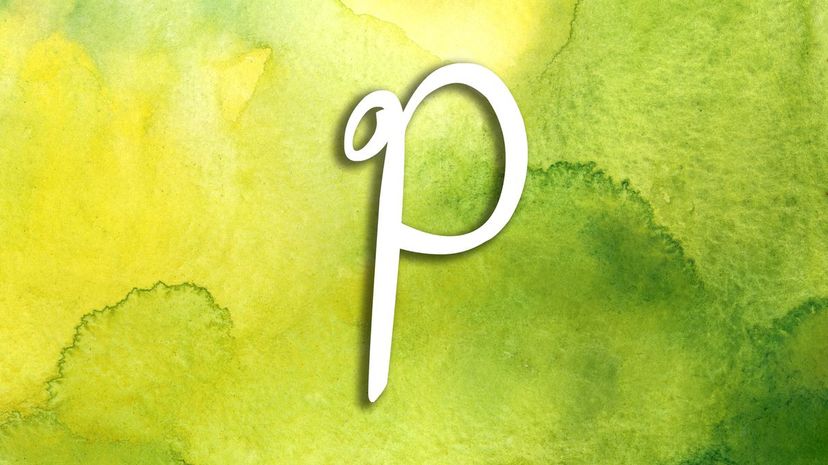
First, the letter P was pe; then, it was pi. We can thank the Romans for the "P" we use today. "P" is the letter of power, and those born with it as the first letter of their names are said to hold special psychic abilities.
Advertisement
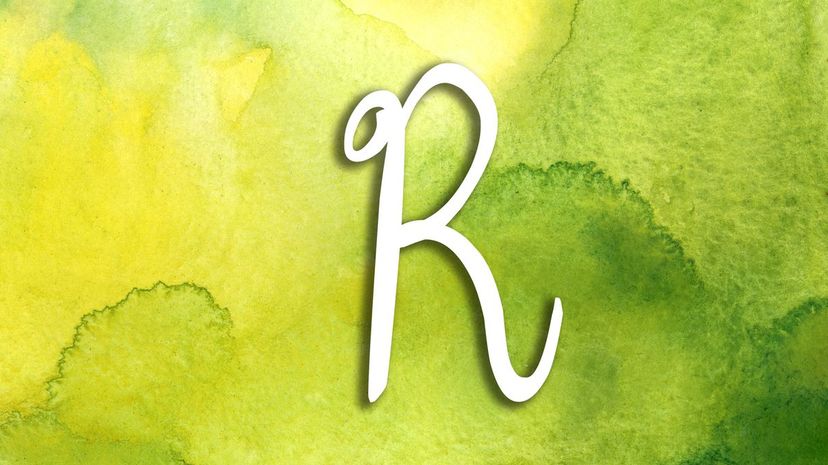
During the Greek and Phoenician days, the letter R resembled a backward letter P. Before the Romans turned it around and gave it a leg, it was the symbol called "rho" that made reference to the human neck and head.
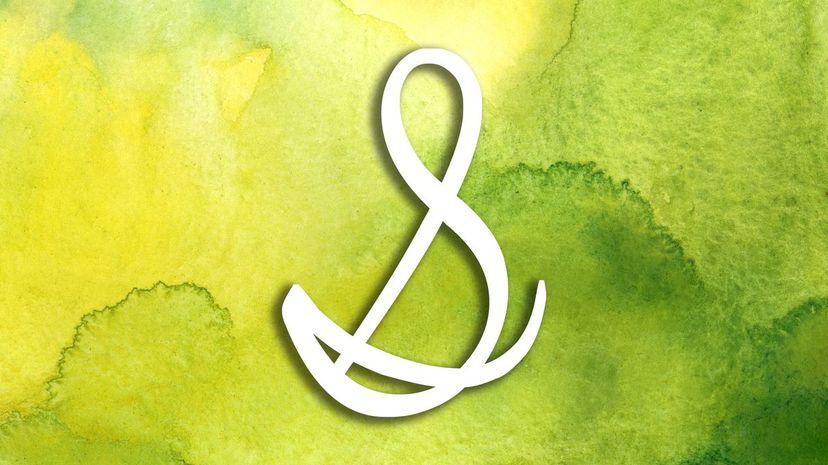
The letter E gets the distinction of being the most used letter. After that, T, A, I and N come in second. It seems like we use "S" more than we do, but it actually stands in third place. It is also the short abbreviation for the word "sarcasm."
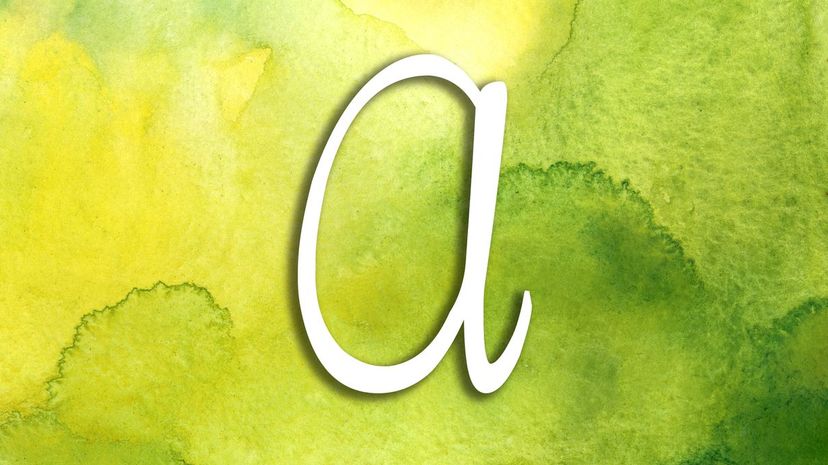
The letter A has a long history. In Phoenician times, the alphabet starter got its name from its appearance. At the time it resembled an ox, so it was given the Hebrew title of aleph.
Advertisement
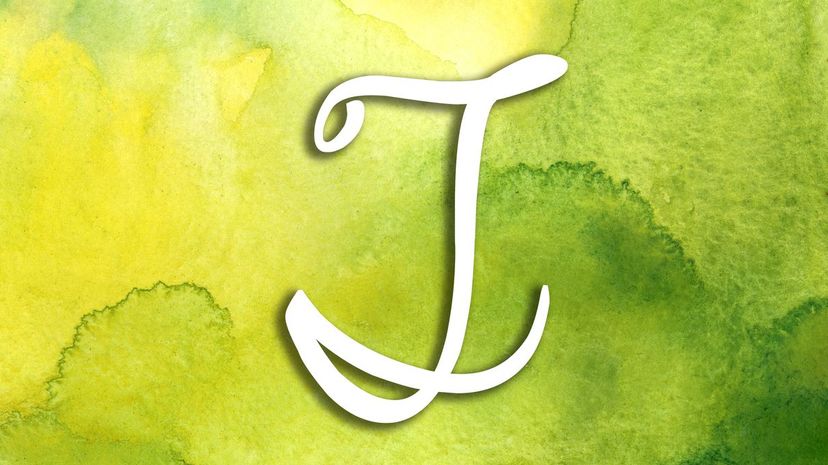
One of the second most used letters, the letter T is often used to symbolize shapes and quantities. In the fashion world, "T" gets the honor of having its own shirt. T-shirts take their name from the letter's shape.
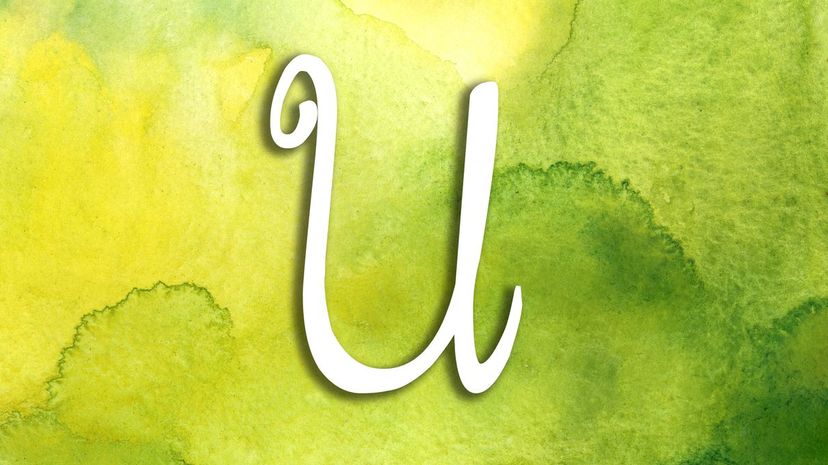
Before a printmaker named Lazare Zetzner separated the two letters in 1629, the letters U and V were interchangeable. The letter U is also the letter that represents uranium on the periodic table.
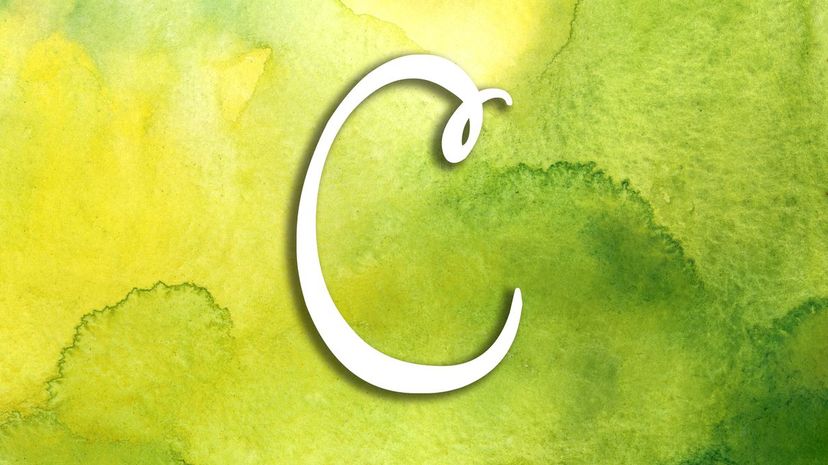
Ever the inventor, Benjamin Franklin's quest to make things better didn't stop at light bulbs. In fact, he sought to simplify the alphabet by removing and replacing a few letters. The letter C, like the one seen here, was one of the letters on his chopping block.
Advertisement
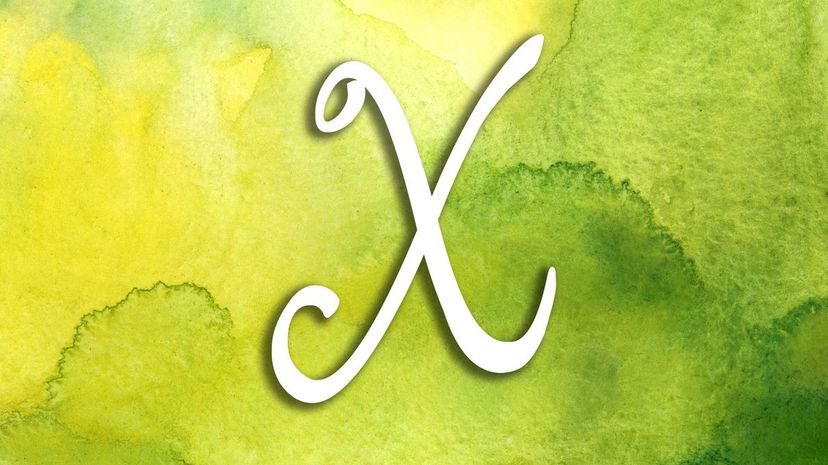
You only need one high school algebra class to know that we usually solve for X. In psychological circles, "X" has the connotation of death. For instance, you couldn't have a skull and crossbones without the crossbones forming an "X."
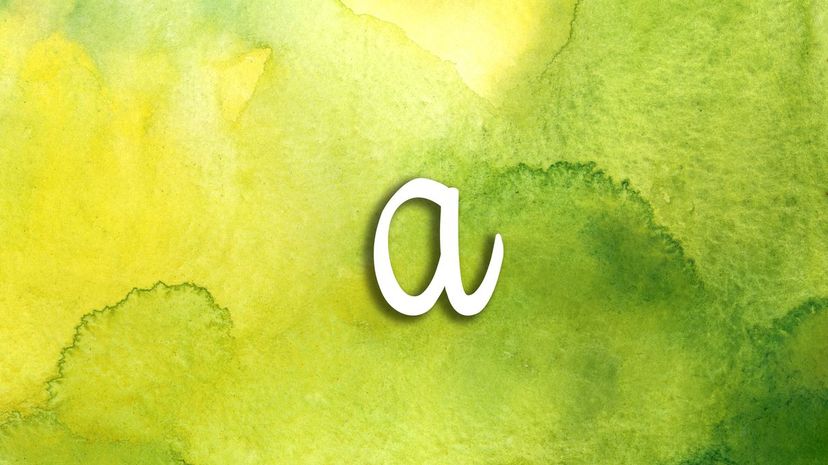
Representing the Greek letter "alpha," the uppercase letter A has a more dynamic appearance than the lowercase version. The smaller version is usually seen resembling an "o" with a kick or with a hook at the top.
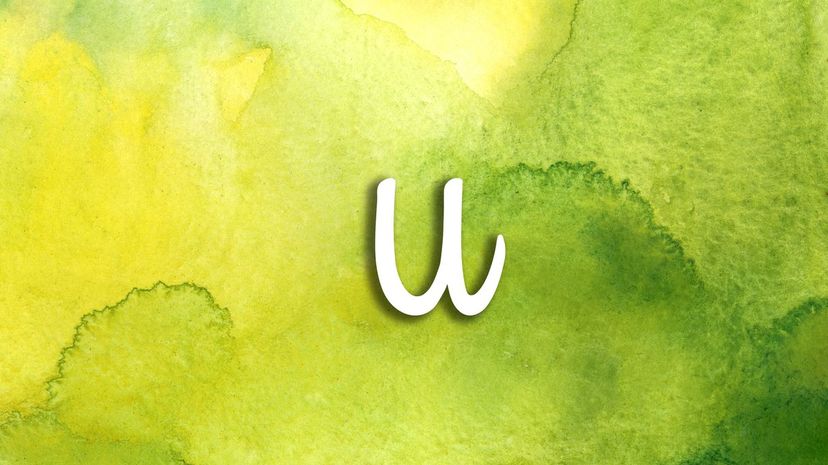
Although the letter "u" is still named when saying the letter "w," it lost its standing with the letter during the 17th century. It is still important, though. Without it, "you" would just be "yo."
Advertisement

You can't go from A-Z or a-z without having a "z" involved. In other English-speaking countries, "z" is pronounced the Greek way by saying "zed." In the United States, a "z" is just a "zee."
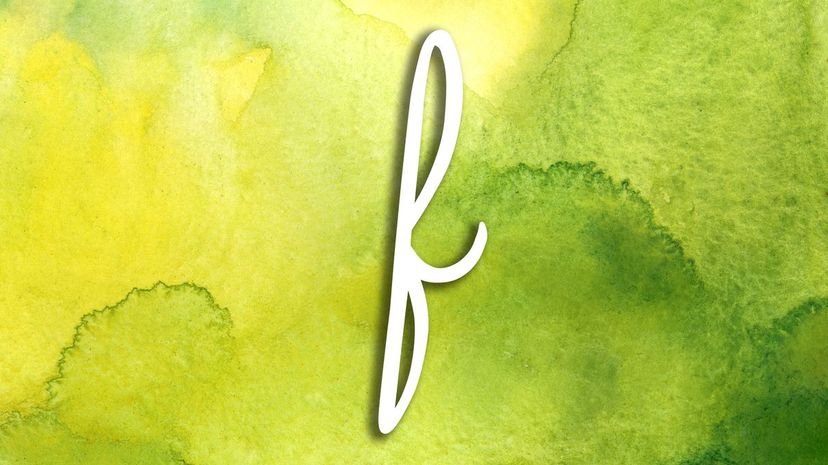
The uppercase version of the letter F is used as an abbreviation for Fahrenheit. The lowercase version is a popular musical notation that indicates the need for additional loudness.
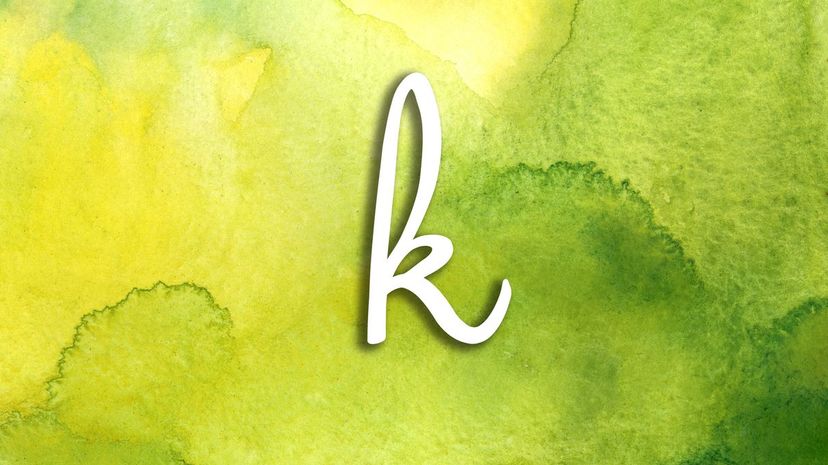
When you see the letter K behind the numbers on gold, it stands for karat. The higher the number, the more gold in the piece. A lower number like 10K would mean that there's more metal in the gold mix.
Advertisement
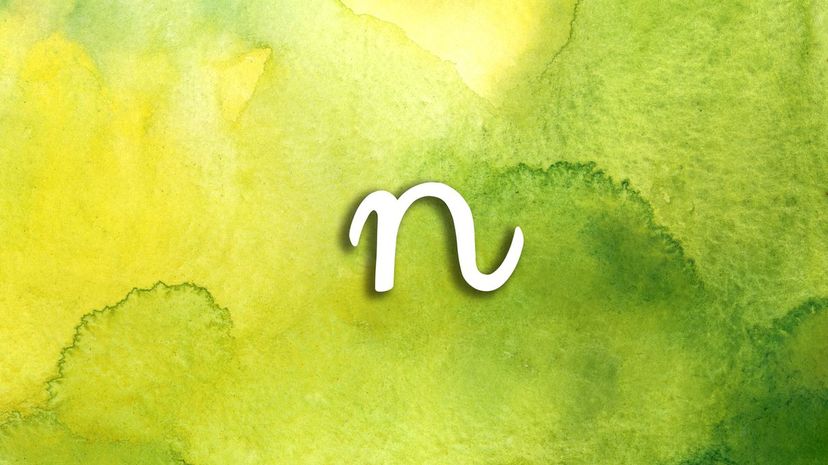
Nitrogen is symbolized on the periodic table by the uppercase "N." In biology, the letter takes on a different meaning. It's short for haploidy. Haploidy refers to cells with half the normal amount of chromosomes.
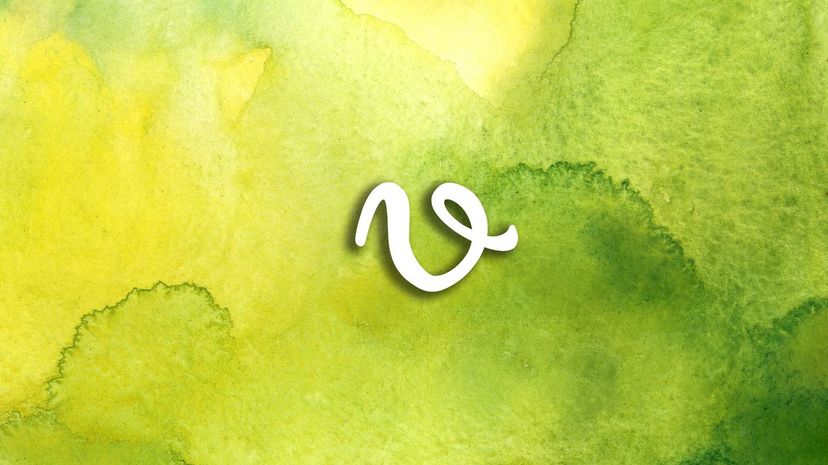
"V" is for victory! Although you see the lowercase version here, the uppercase version looks pretty much the same. When you're texting, it doesn't mean victory, though. It means "very."

After stealing the letter "E" from the Phoenicians, the Greeks used it to represent all matters of the soul. It is also a symbol of the ego, and it's also the first letter in the element Einsteinium.
Advertisement

Potassium is assigned the letter K, but that's not all "K" has going for it. Spiritual practitioners believe that having the letter in your name means that you are outgoing and always up for an adventure.
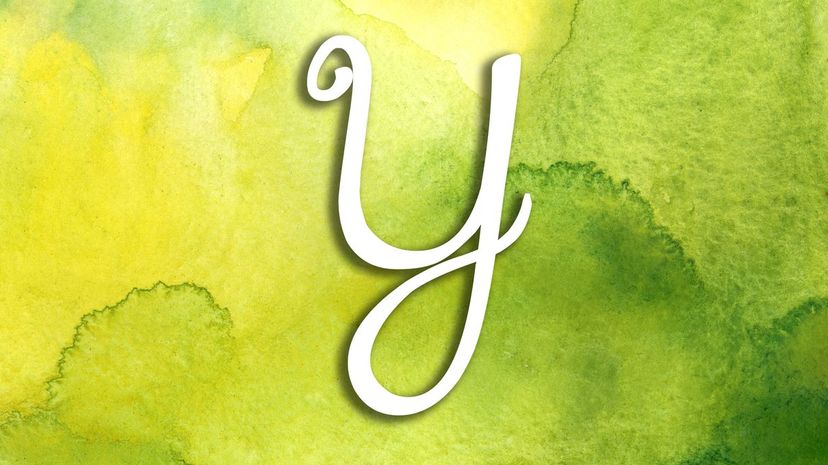
The letter "Y" is one of the most versatile letters in the modern alphabet. In words like "yam," it serves as a consonant. In words like "bly" and "zygote," it takes on the functions of a vowel.
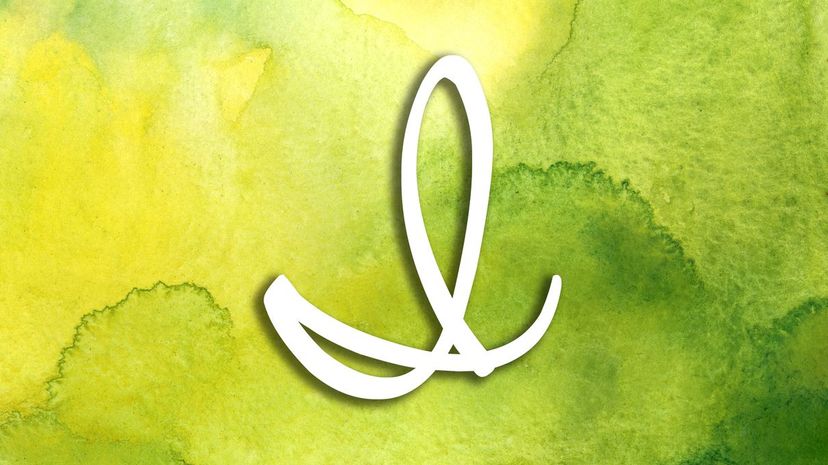
There's no "I" in teamwork, but you do see it here. The lowercase version of the letter I looks similar, but it comes with a tittle. A tittle is a little dot that appears above both lowercase I and lowercase J.
Advertisement

Have you ever wondered why the letter W is called "double-u" instead of "double-v?" It's because the letters U and V were interchangeable before the Romans saw a need to separate them.